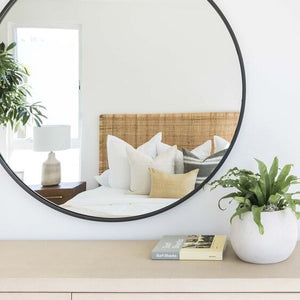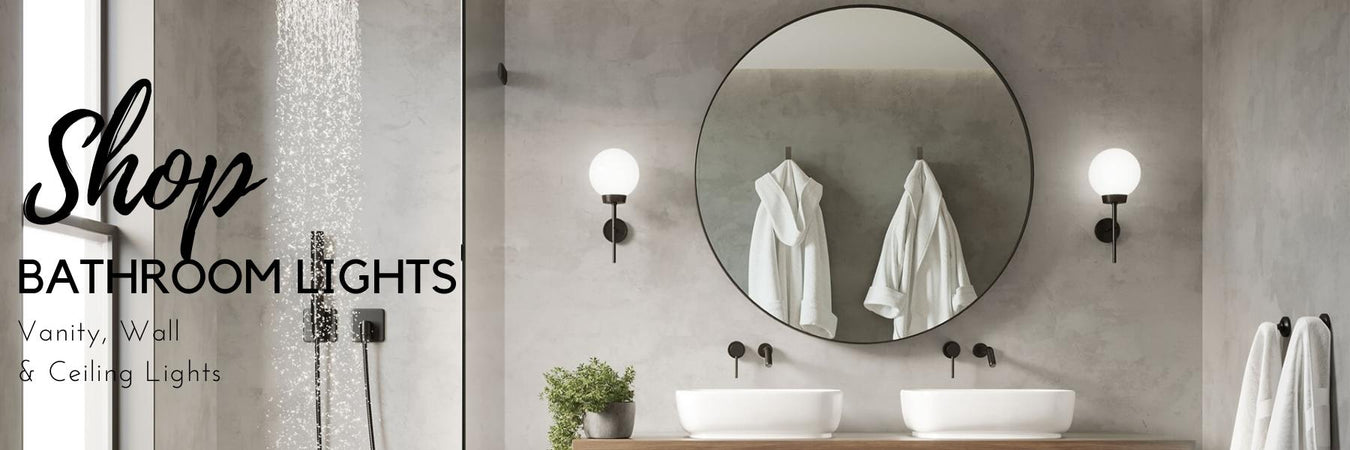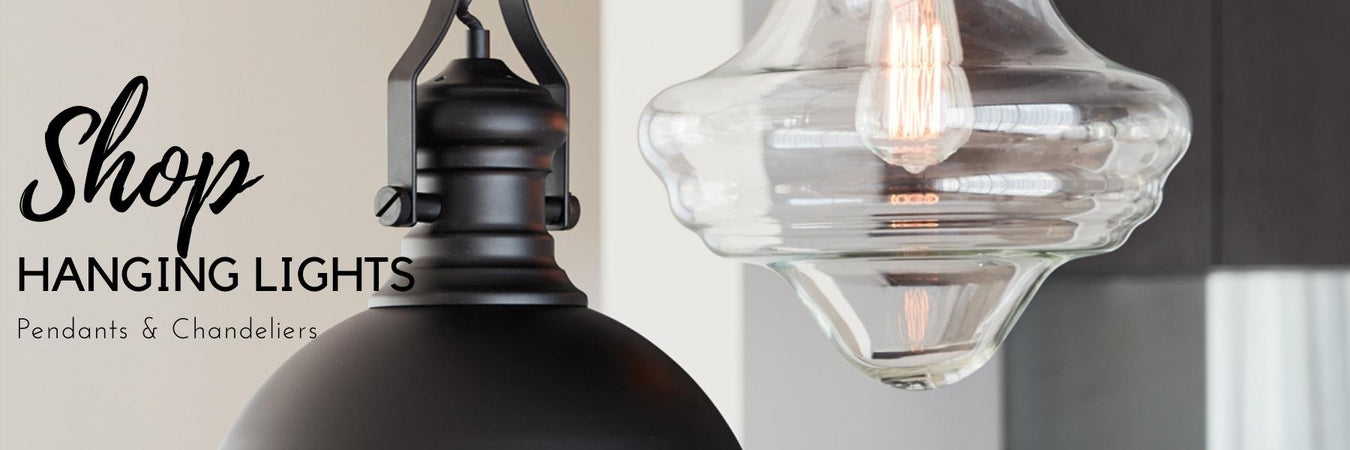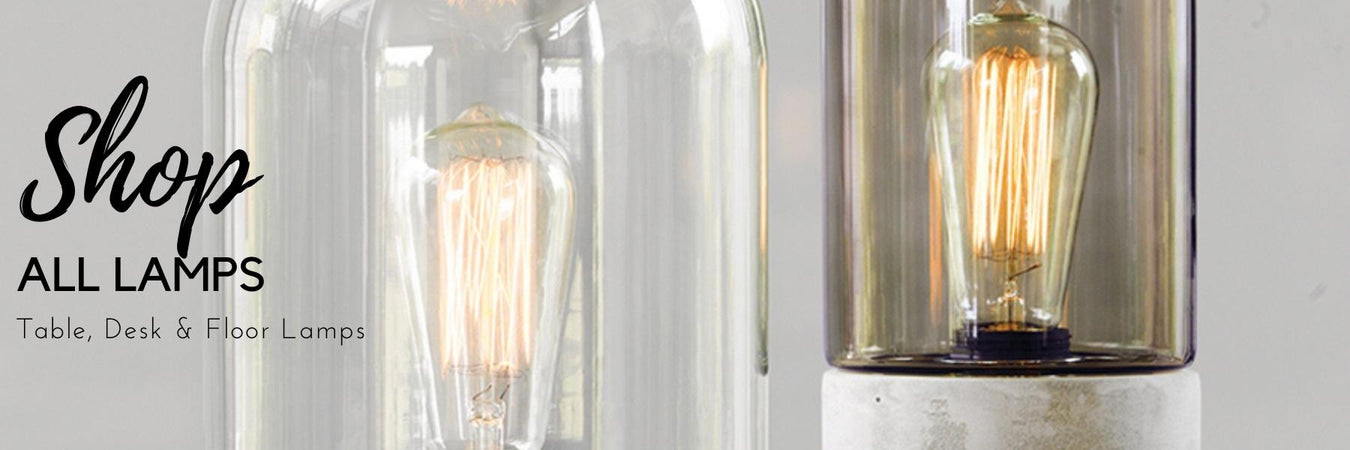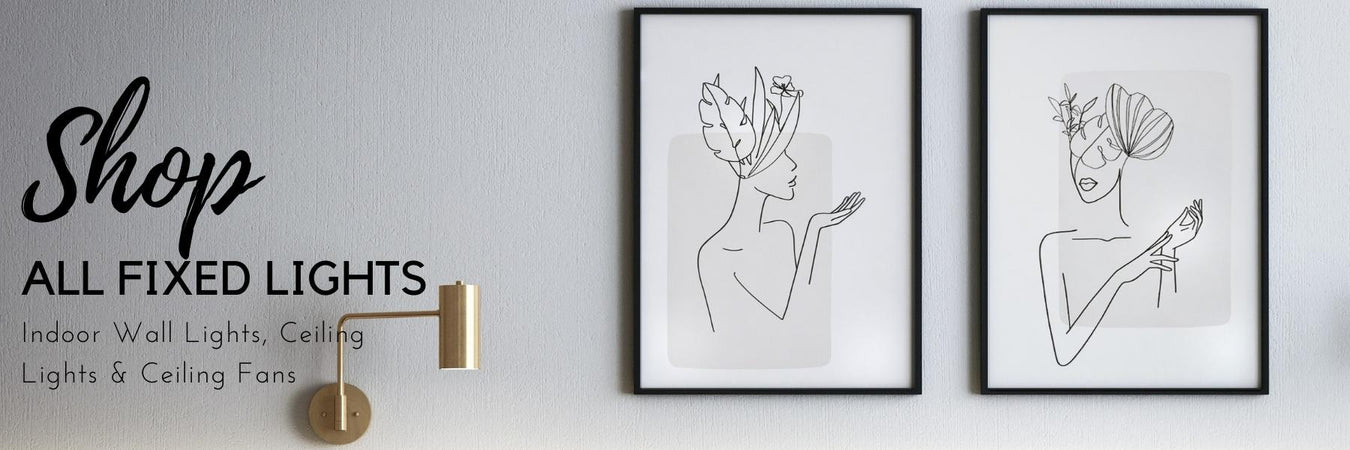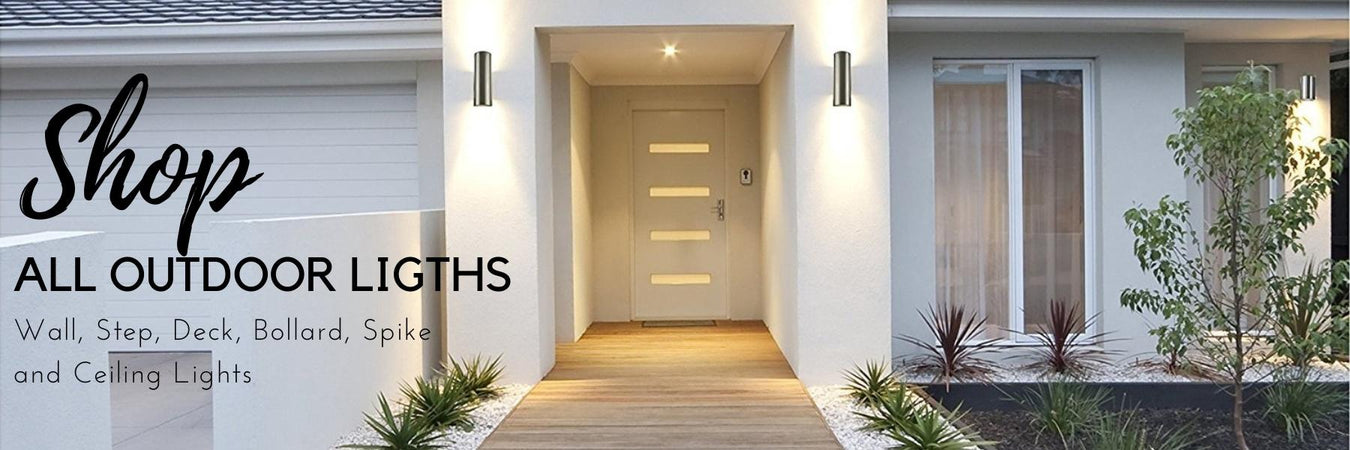021 979 3940

A Comprehensive Guide to Wall Lights
Enhancing Your Space: A Comprehensive Guide to Wall Lights
Wall lights, also known as sconces, are a versatile and stylish lighting option that can transform the ambiance of any room. From providing additional illumination to creating a cozy atmosphere, wall lights have become an integral part of modern interior design. In this blog post, we'll explore the different aspects of wall lights, including how many to install in a room, whether they can be installed upside down, and the difference between hardwired and plug-in wall lights.

1. How Many Wall Lights in a Room?
The number of wall lights you should install in a room depends on the size of the space, the existing lighting, and your design preferences. As a general guideline:
Accent Lighting: For accent lighting, one or two wall lights strategically placed can highlight artwork, architectural features, or specific areas of the room.
Ambient Lighting: If you're using wall lights as the primary source of ambient lighting, you may need more fixtures, especially in larger rooms. Consider spacing them evenly around the perimeter of the room for uniform illumination.
Task Lighting: In areas where you need focused lighting, such as above a bathroom mirror or beside a bed for reading, individual wall lights on each side can provide functional and balanced task lighting.
Layering Lighting: To create a layered lighting effect, combine wall lights with other light sources like ceiling lights, floor lamps, or table lamps. This allows you to adjust the lighting intensity according to different needs and occasions.
2. Can Wall Lights Be Installed Upside Down?
The installation orientation of wall lights depends on their design and functionality. While some wall lights are specifically designed to be installed in a particular direction, others can be mounted both upward and downward. It's essential to follow the manufacturer's instructions and recommendations for proper installation.

Upward Installation: Wall lights with open tops or shades that direct light upwards create a soft, ambient glow. They are often used for creating a warm and inviting atmosphere in living areas and hallways.
Downward Installation: Wall lights with open bottoms or shades that direct light downwards are ideal for task lighting, such as illuminating reading areas, bathroom vanities, or kitchen workspaces.
3. Difference Between Hardwired Wall Lights and Plug-in Wall Lights
The main difference between hardwired and plug-in wall lights lies in their installation method and power source.
Hardwired Wall Lights: Hardwired wall lights are directly connected to the electrical wiring of your home. They require professional installation, as they need to be connected to an electrical junction box in the wall. Hardwired wall lights offer a clean and seamless look, as there are no visible cords or plugs.

Plug-in Wall Lights: Plug-in wall lights come with a cord and plug, allowing you to simply plug them into an electrical outlet. They are easy to install and can be moved or repositioned without the need for professional assistance. Plug-in wall lights are a great option for renters or those who want a temporary lighting solution.
Wall lights are a stylish and practical addition to any room. Whether you need additional ambient lighting, task lighting, or want to create a cozy atmosphere, wall lights offer a range of options to suit your needs. Consider the number of lights needed for your space, the installation orientation, and whether you prefer hardwired or plug-in wall lights. With the right wall lights, you can enhance the beauty and functionality of your living spaces, adding a touch of elegance and illumination to your home. Shop All Indoor and Outdoor Wall Lights Online.

